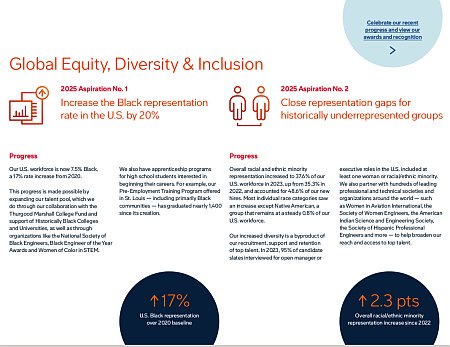Australia issues licenses for two spaceports

Australia’s commercial spaceports. Click for original map.
The Australian government has now issued permits for two different spaceports, making possibly orbital launches at both in the near future.
First the planning minister for the province of South Australia has issued final approval allowing launches at the Southern Launch facility on Australia’s southern coast, though that approval included serious restrictions, such as no rocket launched could be taller than 30 meters. He also placed limitations on the number of launches per year, 36, the amount of noise a launch could make, and added other rules “regarding cultural heritage and native vegetation management.”
The spaceport hopes to complete its first orbital launch by the end of next year. Not surprisingly, the leftists in Green Party opposed the spaceport.
Second, the Australian Space Agency issued a launch license to Gilmour Space at its Bowen spaceport on the eastern coast of Australia, seven months late. This quote from the company’s founder is instructive:
But Mr Gilmour said when he and his brother, James Gilmour, set out to be the first to build a rocket of its kind in Australia almost a decade ago, he never imagined that getting a [launch] permit would be the most difficult part. “In my wildest dreams, I didn’t think it’d take this long,” he said. “I honestly thought the environmental approval [to launch a rocket over the Great Barrier Reef] would take the longest, and we got that well over a year ago.”
The company had originally hoped to launch early this year. It still hopes to do so before the end of 2024.

Australia’s commercial spaceports. Click for original map.
The Australian government has now issued permits for two different spaceports, making possibly orbital launches at both in the near future.
First the planning minister for the province of South Australia has issued final approval allowing launches at the Southern Launch facility on Australia’s southern coast, though that approval included serious restrictions, such as no rocket launched could be taller than 30 meters. He also placed limitations on the number of launches per year, 36, the amount of noise a launch could make, and added other rules “regarding cultural heritage and native vegetation management.”
The spaceport hopes to complete its first orbital launch by the end of next year. Not surprisingly, the leftists in Green Party opposed the spaceport.
Second, the Australian Space Agency issued a launch license to Gilmour Space at its Bowen spaceport on the eastern coast of Australia, seven months late. This quote from the company’s founder is instructive:
But Mr Gilmour said when he and his brother, James Gilmour, set out to be the first to build a rocket of its kind in Australia almost a decade ago, he never imagined that getting a [launch] permit would be the most difficult part. “In my wildest dreams, I didn’t think it’d take this long,” he said. “I honestly thought the environmental approval [to launch a rocket over the Great Barrier Reef] would take the longest, and we got that well over a year ago.”
The company had originally hoped to launch early this year. It still hopes to do so before the end of 2024.








